Bond Baddie: “Do you lose as gracefully as you win?”
James Bond: “I don’t know, I’ve never lost.”
If you’ve been building your brand for years like I have, then you’ve had your fair share of wins and losses.
Social media is so crowded that it takes a lot of care and attention to stand out from the crowd.
What makes it even worse is that you’re competing.
All of the mistakes and wins are public, and your competitors will notice you.
But that’s a double-edged sword because you can see what they’re doing too.
The catch is that it’s not always easy to know where to look. Simply browsing their social profiles can give you an idea of what they’re doing, but it doesn’t really provide much detailed insight.
And when you’re trying to build a million-dollar brand, insight is everything.
Thankfully, there are plenty of ways and places to spy on your competition in a format that gives you valuable, actionable information.
That’s why I’m going to show you how to look deep into your competitor’s digital marketing.
Let’s start by discussing why this is important to begin with, and then I’ll give you some tactics you can start implementing today.
Why look to your competition?
Content and digital marketing change at a rapid pace. Relying on what you’ve always done will mean you get left behind.
Keeping tabs on your competition will show you what they’re up to and give you ideas for what you can do better.
Even if you’re consistently creating and sharing content, your competitor may have a better approach.
Whether it’s the tone they use in their blog posts, the length of their video, or the guest star they had on their podcast, they’re doing it better than you.
The good news is that marketing success doesn’t happen overnight. You have plenty of time to catch up!
Getting traffic is a process that requires constant refinement. Like when I decided to change up my Twitter strategy.
I went from just over 1,000 visitors per day to an average of 4,700 just by increasing how often I tweeted. Instead of just once per day, I tweeted ten times every day.
My following exploded.
Sometimes the changes are simple like my Twitter fix, but quite often the necessary moves carry a bit of complexity that requires you to look below the surface.
That’s how it is when examining your competition.
The truth is that it’s simply impossible to know every effective digital marketing strategy.
There’s just too much information out there. There are over three million blog posts published daily, and that number is only growing.
I don’t know about you, but I haven’t read three million blog posts in my life. So it’s inconceivable to think about wading through that many in a day.
To make matters worse, word counts for blogs have been continually growing too:
So it takes even longer to get through the information that’s truly helpful.
Whittling down your information intake to just what your competitors are doing will help you focus on what’s right for your business.
Staying in your industry can give you a competitive edge.
But where do you begin?
How do you know the information you’re gathering is helpful? Or even good?
You do have options, so let’s talk through a few of them.
How to watch social media
If you’re simply looking at social profiles or the top-ranking pages on Google, you’ll still have no direction or actionable feedback.
You probably won’t get much out of simply reading your competition’s post or watching their video anyways.
Chances are you know what they know.
So what’s a better way to keep tabs on them?
BuzzSumo is useful because it allows you to examine keywords in a way that gives you the information you can use.
You’ll be able to see the piece of content, how many social shares it’s received, and even the people who have shared it.
Instead of trying to collect the information for yourself, you can find it curated all in one place.
So let’s say you want to write a post on Big Data that surpasses the one your competitor just posted on Facebook.
You can take the top-performing post of all time, as seen above, and write a better post. Or even a counter-argument to their assertions.
This way you’ll have fresh, relevant content to share with your audience that can make a splash.
Not only will it rival your competition, but it could also make it all the way to the top of your specific topic.
Pretty cool, right?
It gets better though. Another great feature on BuzzSumo lets you see who has shared the article on their own social profile.
This is helpful because it gives you insight into the type of audience you’ll be writing for.
It also gives you a ready-made list of individuals to reach out to if you want to ask people to read and share your work.
So the next time you get a little envious of a great post by your rival, take action. Go write one that’s better.
But before you get ahead of yourself, there’s another option for keeping track of a broad amount of social media data.
It’s called Hootsuite Streams. It’s the perfect way to keep tabs on specific competitors all in one place and in real-time.
You can easily monitor a Facebook Page, a Twitter account, and many other profiles all in one convenient location. Like this:
You’ll also be able to see the likes, shares, retweets, comments, and many more as they’re posted.
If you see a post that’s performing particularly well from a competitor, you’ll be able to find it and pick it apart with ease.
You’ll have a steady stream of inspiration for new content. Or, you’ll be able to find some of your old content to bring back from the dead.
And of course, you can always see what customers are putting directly on your competitor’s page:
Whatever method you choose, getting direct insight into what people like and dislike about your competition’s brand, product, or service is valuable.
With this information, you’ll be able to make decisions that can sidestep some of the bigger issues you see competitors struggling with.
What content and content manager services can show you
Engaging with your community is the number one thing you should be doing with digital marketing.
Being consistent with posting, curation, and commenting is a time-intensive task though. And manually tracking social media performance is difficult at best.
That’s why content management systems have exploded in popularity.
Knowing what tools your competition uses to schedule, post, and curate their content can give you insight into their overall strategy.
It’s like how James Bond always has the latest gadgets to help him defeat his enemies: cool cars, personalized Walther PPKs, and watches with ridiculous perks.
Using the best tools is in your greatest interest, too.
Not all content managers are created equal.
If your competition is scheduling manually, you may not have much to worry about. But if they are using a particular content management system, you may want to look into why.
It may show you a more effective way to manage your own content.
But If you have the wrong tools, your competition could easily outstrip you.
Once again, Hootsuite to the rescue.
A platform like Hootsuite lets you schedule posts with ease and even has an automated scheduling system that optimizes the timing of your posts.
Hootsuite also has a fairly robust analytics tool that gives you a concise snapshot of Twitter, Instagram, Facebook, and many other social platforms.
Since you’re able to keep tabs on trends and track your growth, it’s a clear winner in a marketer’s toolkit.
If you see your competition is using Hootsuite, it’s likely because they’re a little more focused on timing, curation, and day-to-day maintenance of their brand.
Many of Hootsuite’s tools are dedicated to a more hands-on approach to social media, so be wary if you see their name.
Another option you might see used is Agorapulse, which is great for collaborating across large teams of social media managers.
A service like this lets you schedule out months at a time with ease, but isn’t necessarily the best for sharing the most up-to-date curated content.
And that gives you insight into your competitor’s overall strategy.
The strengths and weaknesses of a content management system will be your competitor’s strengths and weaknesses too.
And knowing that can help you brainstorm ways that the content on your social sites can be better.
The point is, if your competition is using a sub-par content management system, you don’t want to imitate them. You want to find a way to beat them.
But what about keeping tabs on their content strategy?
Take a moment to put yourself in the customer’s shoes of your competitor.
That’s a bit different, right? Normally you’re thinking about your own customers.
But if you get into the heads of your competitor’s cash flow, you’ll start to see the patterns they create with their content strategy.
Elements like landing pages:
What information is your competitor looking for? How do you think that helps them? Does their content prime their audience to give this information willingly?
Another tactic you could use that’s a little more subtle is to simply check their infographic usage.
When I started using infographics, my site traffic doubled.
And this Unbounce infographic shows just how drastically the demand for infographics has been increasing for years.
Naturally, these infographics started boosting my SEO, and they’ll do the same for your competition.
So take the infographics, landing pages, and other pieces of content you find and make a better version!
Spy on their PPC and SEO Strategies
Watching your competitors’ SEO tactics and emulating or improving upon them is another spying strategy that I highly recommend.
Your competitors may be using a variety of tactics to improve their SEO. If you watch and catch on, you can do it better.
How do you accomplish this?
One way is to utilize a service like Spyfu’s keyword researcher.
It lets you enter your competitor’s website and see what keywords they’re bidding on for PPC.
These keywords often overlap with overall SEO strategy too, so you get two benefits with this analysis.
Say, for example, you’re a competitor to Best Buy.
By entering Best Buy as your competitor, you’ll get a comprehensive breakdown of monthly searches both locally and globally, average cost per click, and even the ranking difficulty associated with your competition.
Scroll further down, and you’ll even get suggestions on which AdWords you should bid on to start edging out your competition.
Some of them will be good, but others won’t. It’s up to you to decide if you want to bid on a keyword with fewer impressions but maybe a higher click-through rate.
Spyfu also gives you a list of additional competitors you may not have considered searching for.
You may be so focused on Best Buy that you neglect ShopLocal and BestPrice as seen below:
This type of service will help you optimize your AdWords and allow you to bid competitively for keywords that will actually lead to clicks and conversions.
It’s a window into your competitor’s overall strategy and how you can start beating them.
Another great service you can use is called SEMrush. It focuses specifically on providing competitor research for organic search, paid ads, and keywords.
So again, if you’re competing against Best Buy, you can check them out to see how much search volume they’re receiving and what their average cost per click is.
SEMrush also provides you with a live update to the organic search results of the keywords you’re checking on.
You get a comprehensive look at what other pages your SEO efforts are up against.
Another great aspect of SEMrush is their Topic Research tool, which is still in beta.
When you input the search term in the topic researcher, SEMrush does a quick analysis of your competitor’s content to see what’s already available.
Then, you get a results page that looks like this:
As you can see, if your keyword is “computers,” they recommend writing content on hard drives, laptop computers, and Best Buy desktop computers to compete.
Without a tool like this, you would have to manually search through your competitor’s content, decide for yourself what you thought worked, and then blindly hope your content is topical and timely.
Now, you can write on a specific topic with confidence in its relevance.
One final and really helpful tool on SEMrush is the SEO Content Template.
Much like the topic research tool, you input target keywords. SEMrush then performs an analysis and gives you a significant amount of SEO-related data to help guide your content.
You have semantically-related keywords, backlinks, average readability score, and even a text length recommendation.
All of this helps you keep a competitive edge with your content and can boost your SEO rankings significantly over time.
Analyze their following
The final online window you have into your competitor is their follower base.
Think of your competitor’s social following as an online file of their clientele.
Under normal circumstances, you would never sneak into a competitor’s office and look through their files to see who their clients are.
That’s just unethical.
But online, everything is fair game.
There’s nothing wrong with viewing their social following to see if you can spot trends, influencers, and other juicy bits of information.
Take a service like Tweepi that lets you input and monitor the user of your choice.
I decided to look at Twitter’s snarky sweetheart, Wendy’s.
Their unique and often blunt approach has won them quite a following in recent years. So if I’m a competitor, I want to see what type of person they’re attracting.
Tweepi allows me to sort their follower list by follower count, how long ago that account tweeted, and many other helpful criteria.
Essentially, you can find out who the most influential followers are and then cater your tactics to win over those very people.
It’s espionage without the intrigue, fancy parties, and shaken-but-not-stirred martinis. Although if you wanted one while you’re spying on your competitors, I’m not going to stop you.
Conclusion
There’s so much information on the web these days about your niche and competitors that you’ll never be able to sift through it all manually.
You could hire a team of 100 marketers, or even 1,000, and you’d still only scratch the surface.
But it’s still vital for you to see what others in your industry are up to, and now you know what to do.
Spying on your competitors can help you avoid their pitfalls and capitalize on their successes.
Use services like Hootsuite and BuzzSumo to parse through the vast amounts of social media clutter and get detailed information on what others are up to.
Be aware of your competition’s content manager and the actual content strategy they’re using to influence their audience.
Keep tabs on paid ad and SEO moves by using the services of SEMrush or Spyfu to know which keywords are paying dividends.
Use a service like Tweepi to get to know your competition’s followers, find top influencers and learn how often they interact with their brand.
Building all of these tools into a robust Bond-like strategy will help you stay at the cutting edge of your industry and help you create the highest level of content available.
You’ll stay at the top of the pack.
And chances are, your competitors will start to spy on you too!
How do you keep tabs on the competition?

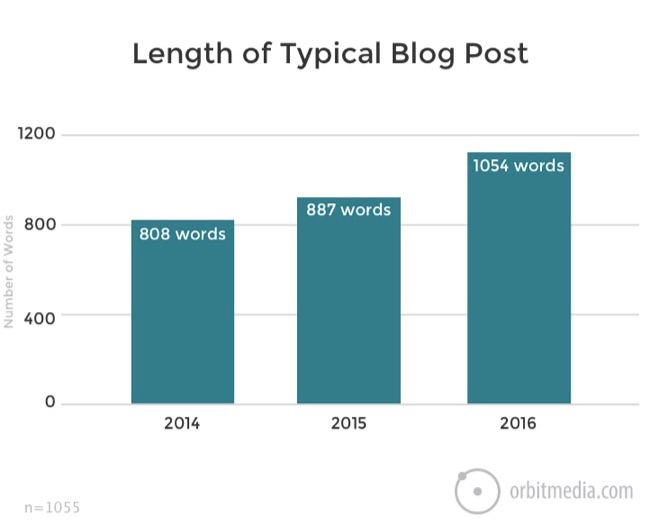
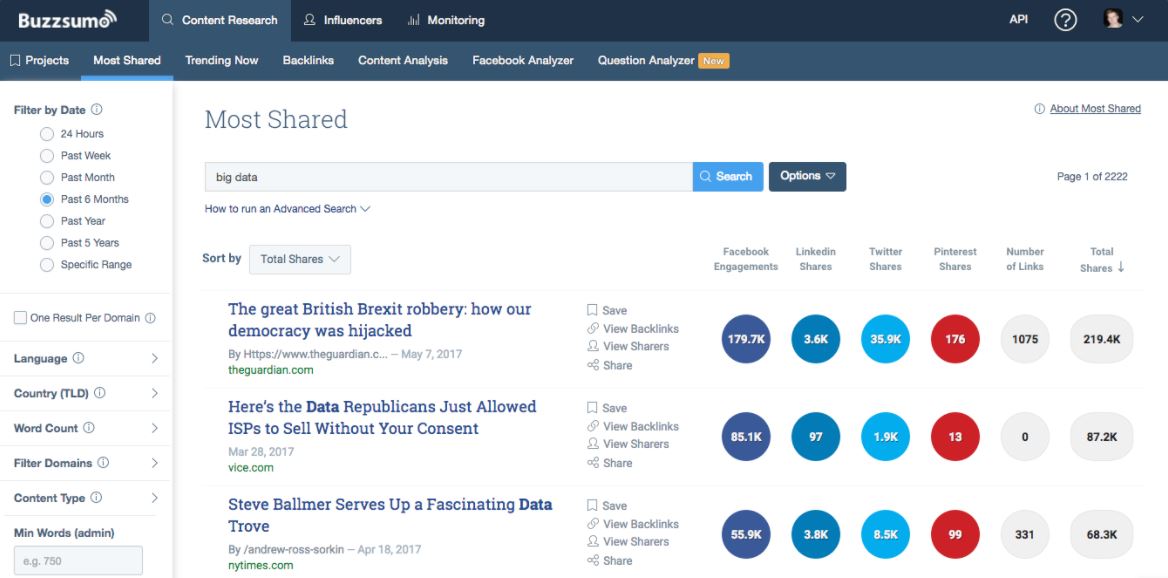





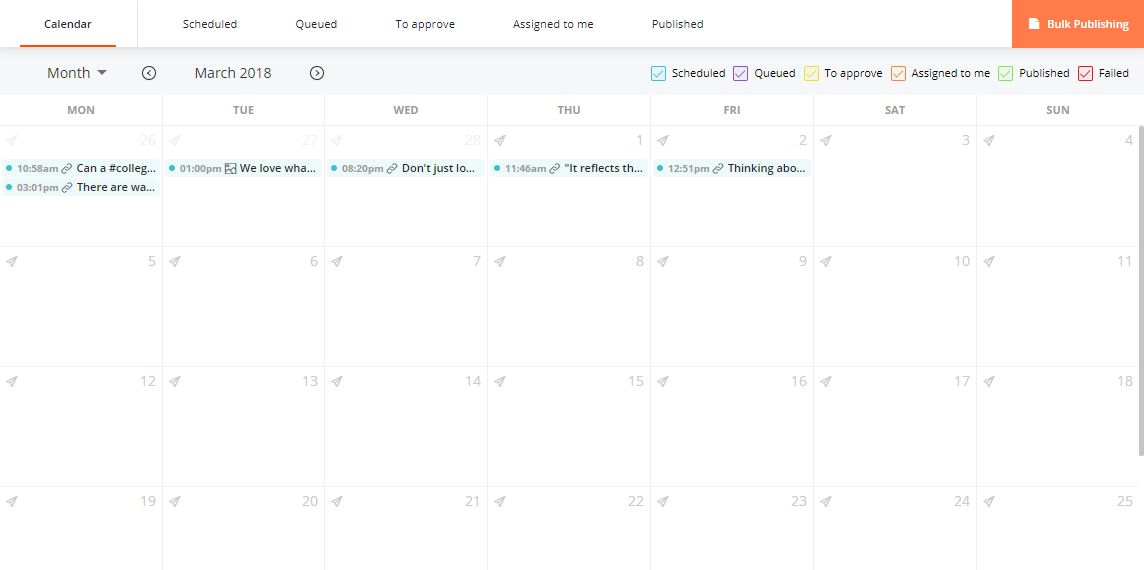
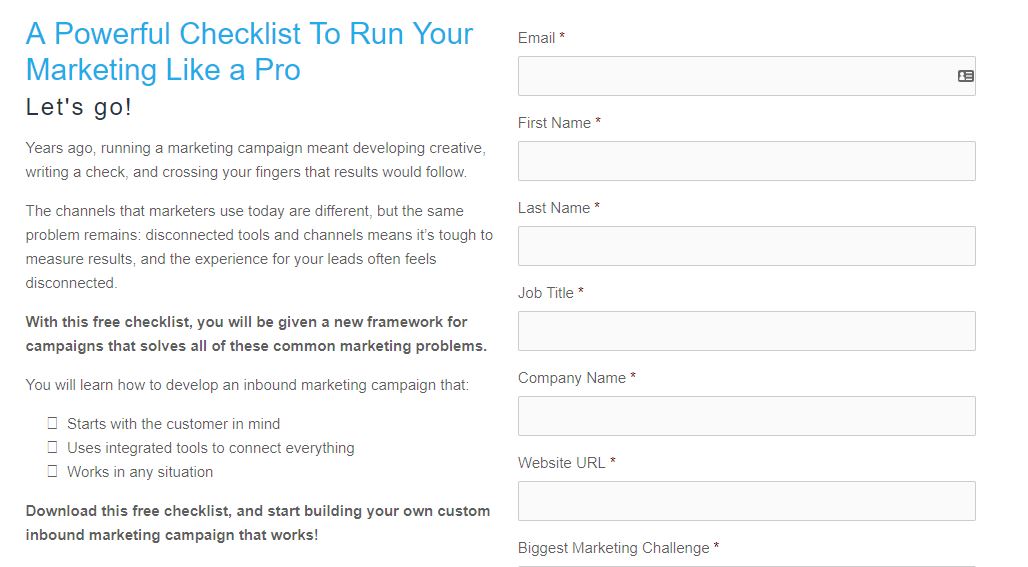

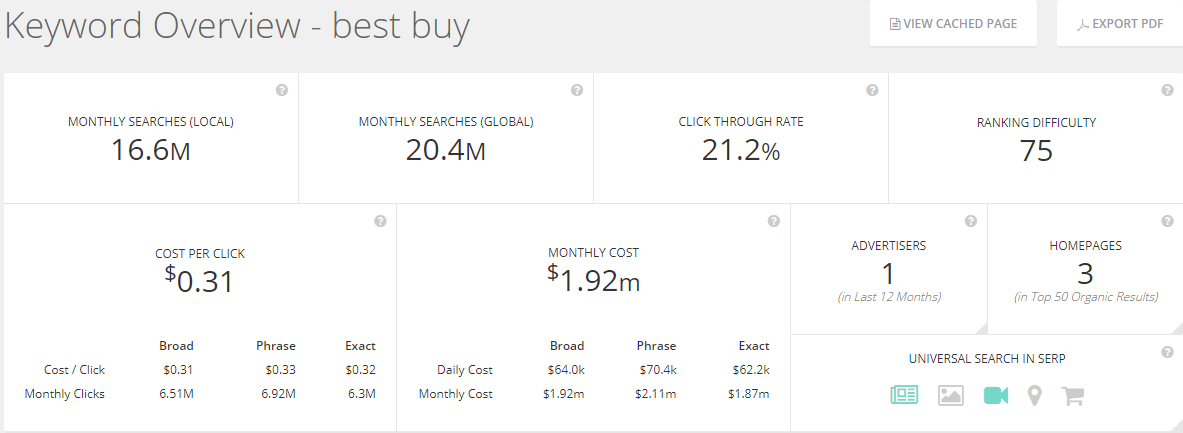
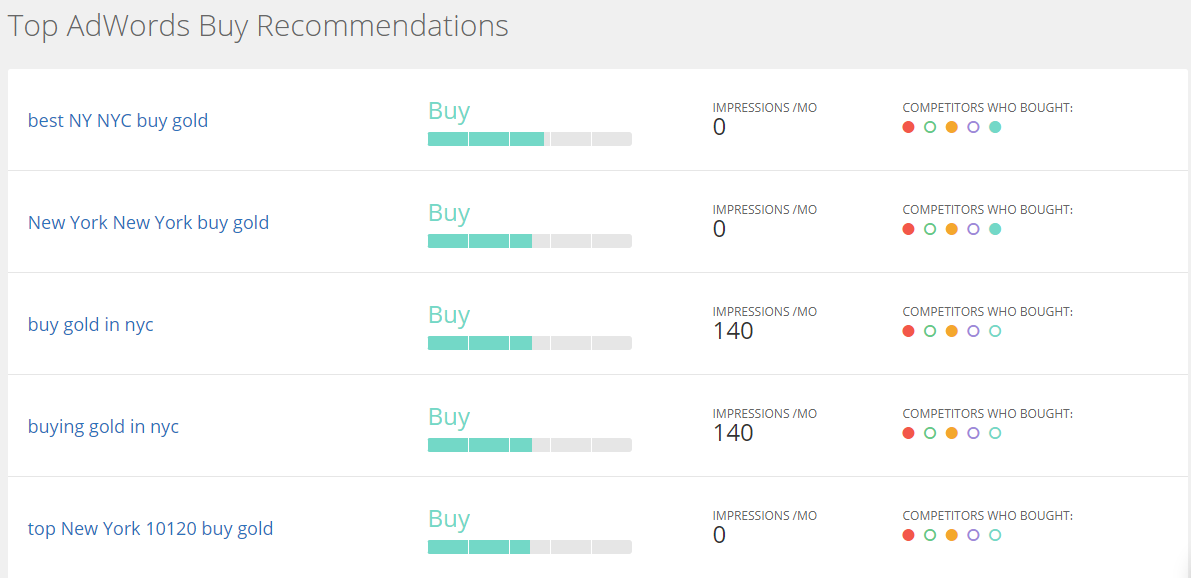
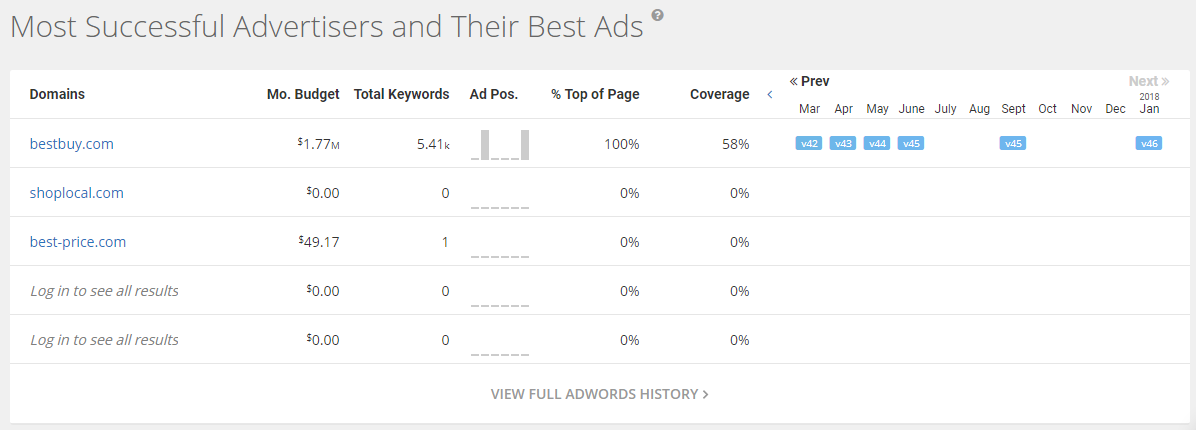
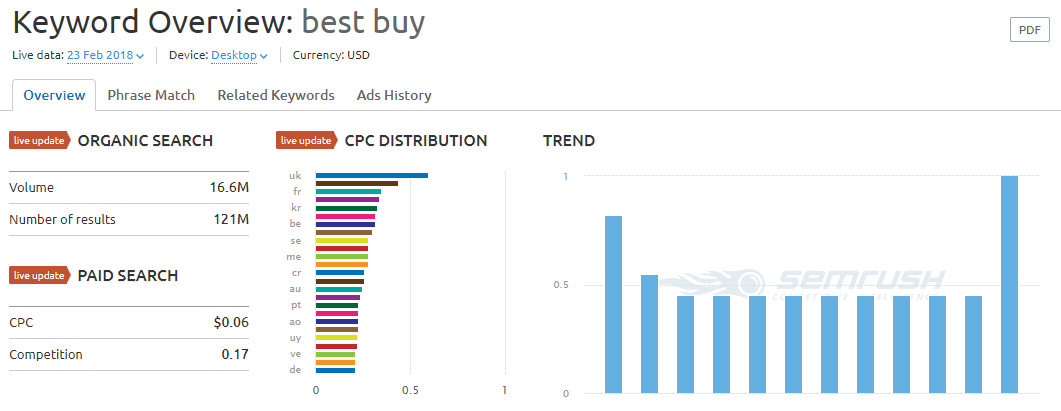
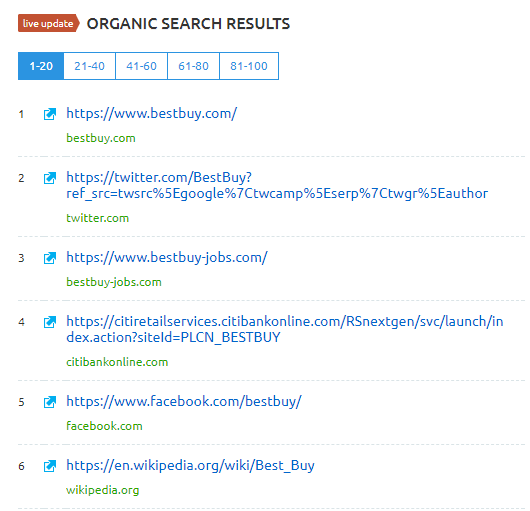



Comments (26)